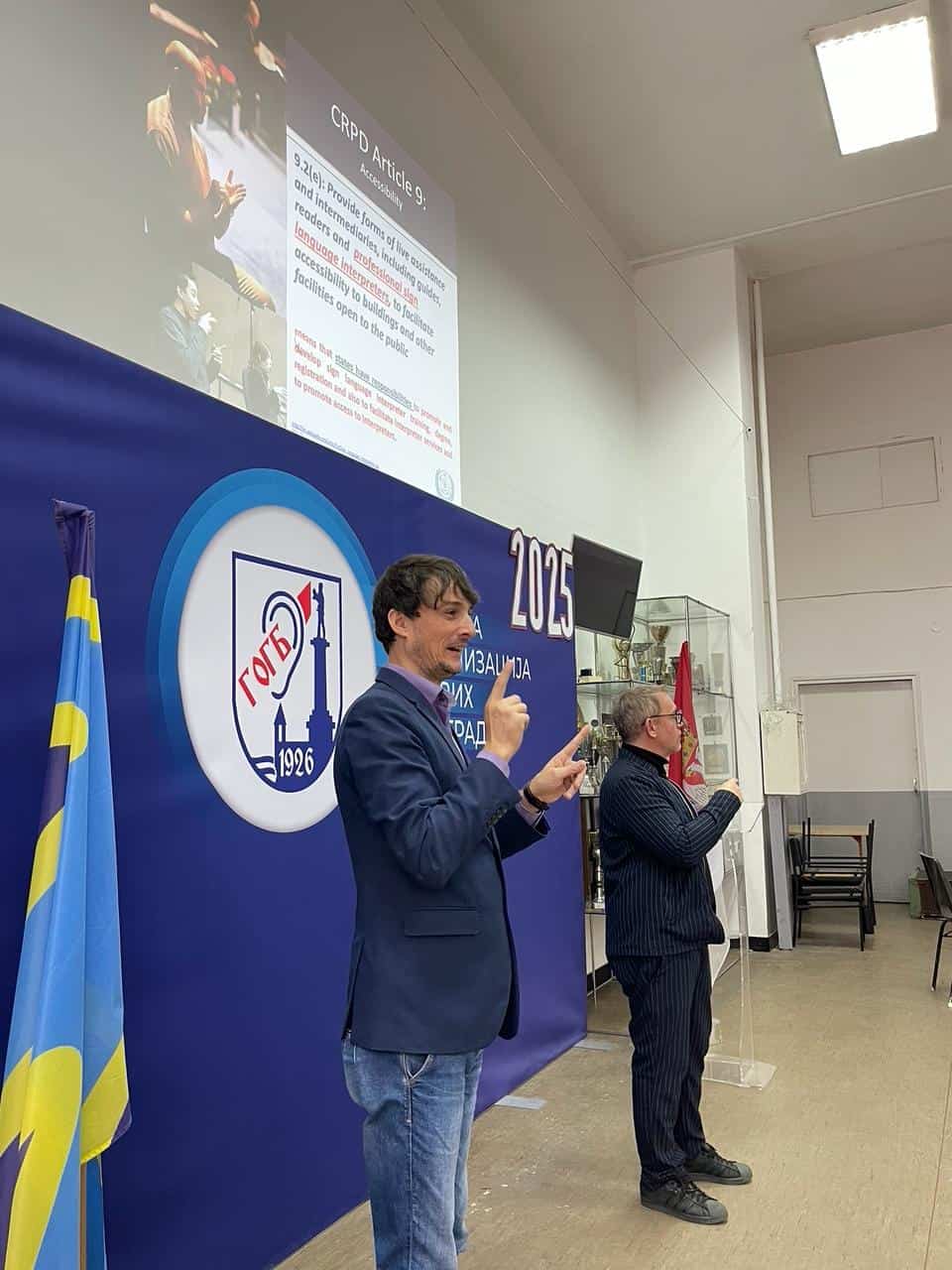High-Level Political Forum (HLPF)

More information about the HLPF can be found via https://sustainabledevelopment.un.org/hlpf.
The HLPF is a central platform in which all State Members of the UN and its specialised agencies get together to follow-up and review the 2030 Agenda and its SDGs. The HLPF meets annually for eight days, including a three-day ministerial level segment. The meeting includes discussions from thematic perspective, and sharing of good practices and challenges on the implementation of the SDGs and voluntary national reviews. At the end of the meeting, national governments adopt a ministerial declaration. This year, the HLPF 2017 was held from 10 to 19 July 2017 under the theme ‘Eradicating poverty and promoting prosperity in a changing world“’. State Members gathered and reviewed in depth Goal 1, 2, 3, 5, 9, 14, and 17 of the SDGs as well as 43 Voluntary National Reviews (VNRs).
- 10-13 July 2017: Official Sessions of the HLPF – Thematic reviews on 7 SDGs (1, 2, 3, 5, 9, 14) by State Members
- 17-19 July 2017: Ministerial Meetings and VNR – Respective State Members presented on their implementations followed by a question and answer session.
- 19-20 July 2017: Adoption of the Ministerial Declaration and Conclusion of the HLPF and the Ministerial Meetings.
CIVIL SOCIETY PARTICIPATION – Stakeholder Groups of Persons with Disabilities
Other than representatives of the State Members, there were 2458 registered stakeholder representatives, including the Stakeholder Groups of Persons with Disabilities (SGPWD). The SGPWD is a recognised focal point within the UN for all Sustainable Development policies relating to persons with disabilities. Under the leadership of the International Disability Alliance (IDA), the SGPWD’s main function is to coordinate inputs from persons with disabilities and provide them at high-level intergovernmental processes. The SGPWD consists of the seven internal Working Groups in relation to the HLPF with focus on overseeing the drafting of official submission and position papers, planning and organising side events and bilateral meetings, accessibility at the HLPF, communication, and the VNRs.
WFD’s INVOLVEMENT
WFD President Colin Allen, representing both the WFD and IDA, along with WFD Human Rights Officer Eeva Tupi and WFD-IDA Fellow Daniel Ocampo were present at the HLPF. As a member of the IDA, the WFD Human Rights Officer Eeva Tupi was selected to provide intervention on behalf of the SGPWD. The intervention addressed multi-dimensions of poverty and inequalities. Having the opportunity to deliver the intervention in International Sign is paramount as it increases visibility of sign language.
Download the written version here.
The SGPWD is also responsible for all the preparatory work done prior to the HLPF to ensure that persons with disabilities are not overlooked and excluded. A summary of the initiatives of the SGPWD includes the following:
- Submitted paper titled ‘Eradicating Poverty and Promoting Prosperity for Persons with Disabilities’. Prior to the submission, the SGPWD gathered 272 national, regional and international organisations to endorse the submission of this paper. Read more about the submission here.
- Side-event titled “Sharing national experience of persons with disabilities regarding multiple and cross-cutting discrimination as core issues contributing to poverty” whereby WFD Human Rights Officer Eeva Tupi was one of panelists.
- Negotiations for the increased inclusion of persons with disabilities in the Ministerial Declaration. Click on the link to read more about the negotiations and download the draft Ministerial Declaration, which eventually included several references on persons with disabilities.
- Delivered remarks and statements at the Official Sessions of the HLPF and posed questions during the VNRs of the Ministerial Meetings. Read more about the interventions here.
44 countries volunteered to be reviewed this year on their work in implementing the SDGs at the national level. Along with the State Members, there were several organisations of persons with disabilities (DPOs) present as well. While the WFD continuously encouraged Ordinary Members (OMs) to become involved in the VNR processes at the national level, it is unfortunate that none of these DPO representatives included a deaf person. This is in spite that the most important work is done at the national level advocating and monitoring for the inclusion of deaf people in the implementation. And through this national level, OMs have the opportunity to influence the process to ensure that deaf people are not left behind in the implementation of the SDGs in their countries.
IS YOUR COUNTRY UP FOR REVIEW IN 2018?
- Identify which stakeholder at the governmental is leading the drafting process of the VNR report.
- Identify the national DPOs that are involved in the consultation process of the VNR report.
- Contact your national association of the deaf (WFD OMs) to ensure that they are collaborating with the local DPOs.
- Identify the regional stakeholders in relation to the HLPF. The ECOSOC has 5 regional commissions and they usually meet to discuss the SDGs and the HLPF:
- United Nations Economic Commission for Europe (ECE)
- United Nations Economic Commission for Africa (ECA)
- United Nations Economic Commission for Latin America and the Caribbean (ECLAC)
- United Nations Economic and Social Commission for Asia and the Pacific (ESCAP)
- United Nations Economic and Social Commission for Western Asia (ESCWA)
- Identify the disability group or focal point within the regional stakeholders.
- If possible, attend the HLPF and collaborate with the SGPWD to prepare questions for your country during the VNR sessions.
WFD would like to thank IDA for providing extensive information about the HLPF 2017 on its website. To read more about the HLPF from a disability activist’ perspective visit http://www.internationaldisabilityalliance.org/hlpf2017.







